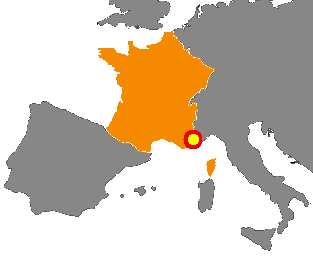Neuromorphic vision
From the simplest vision architectures in insects to the extremely complex cortical hierarchy in primates, it is fascinating to observe how biology found efficient solutions to solve vision problems. Pioneers in computer vision had this dream to build machines that could match and perhaps outperform human vision. This goal has not been reached, at least not on the scale that was originally planned, but the field of computer vision has met many other challenges from an unexpected variety of applications and fostered entirely new scientific and technological areas such as computer graphics and medical image analysis. However, modelling and emulating with computers biological vision largely remains an open challenge while there are still many outstanding issues in computer vision.
Our group is developing models of visual perception. Our models are based on the understanding of the functional organisation of the visual system, from the retina to the visual cortex. To do so, we use several mathematical formalisms, depending on the scale at which models are built, such as spiking neural networks or neural fields. One essential property of the models we develop is to show how they are consistent with biology. For example, a retina model should be able to reproduce neural responses as observed in electrophysiology recordings or a model of the dorsal stream (e.g., focusing on cortical areas V1/MT) should explain motion percept for specific stimuli. Beyond this necessary validation, it is interesting to notice that our models can predict new phenomena that we can discuss with our partners in neuroscience. Finally, thanks to these models, we show how to bridge the gap between biological and computer vision, by applying our vision perception models to challenging problems from computer vision such as optical flow estimation, coding/decoding approaches or classification.
